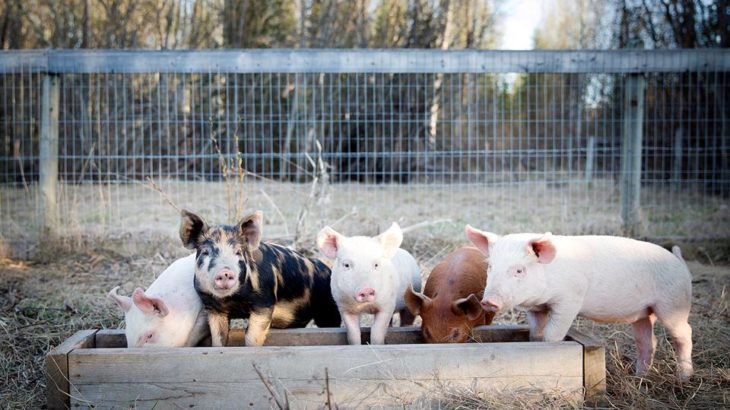In response to the feedback of several renowned laboratories performing Peanut analyses on Lecithins, ELMA would like to clarify the question on possible differences on Peanut protein results for the same sample using different laboratories: ELMA Statement on uncertainties of peanut testing
Author: Editor
ELMA Statement on the presence of peanut protein in soybean lecithin from India
PEANUT PROTEIN IN SOYBEAN LECITHIN FROM INDIA The European Lecithin Manufacturers Association (ELMA) is fully aware of the issue concerning the presence of peanut protein in soybean lecithin imported from India, which was reported via the RASFF system.1 ELMA is very concerned about this issue and its members are undertaking additional and comprehensive analyses and […]
NUTRITION VALUES OF LECITHIN
Nutrition labelling of food products is not required in business-to-business relations. However, information about the nutrition values of ingredients is usually requested by the final food producers for calculation of nutritional values of final products. Nutritional labelling of final food products required by Regulation (EU) No 1169/2011[1] concerns the following parameters: Energy value, fat, saturates, […]
LECITHINS USED AS A FEED ADDITIVE ON THE EU MARKET

ELMA STATEMENT AS REGARDS REGULATION (EU) 2018/1980 ON LECITHINS USED AS FEED ADDITIVES: ELMA welcomes the publication of Commission Implementing Regulation (EU) 2018/1980 amending Implementing Regulation (EU) 2017/2325 as regards the terms of authorisation of preparations of lecithins liquid, lecithins hydrolysed and lecithins de-oiled as feed additives for all animal species […]
ELMA position on PCR testing
THE POLYMERASE CHAIN REACTION (PCR) TESTING OF LECITHIN WITH VERY LOW LEVEL OF PROTEIN AND DNA The polymerase chain reaction (PCR) testing is used to identify lecithin derived from genetically modified organisms “GMO” or “non-GM” sources. The principle of PCR method consists in creation of DNA replications from a single sample of DNA which are […]
Lecithin and Hydrogenated Lecithin
Lecithins under REACH
Soy Bean Pods

Edamame is young soybeans, usually still in the pod. Because the beans are young and green when they are picked, edamame soybeans are soft and edible, not hard and dry like the mature soybeans which are used to make soy milk.
Soy Bean Field

Soybean crops around the world have unique production cycles of planting and harvesting. United States (38 percent of world production) – Plant: Apr-Jun. Harvest: Sep-Nov. Brazil (25 percent of world production) – Plant: Aug-Dec. Harvest: Feb-May. Argentina (19 percent of world production) – Plant: Oct-Dec. Harvest: Apr-Jun. China (7 percent of world production) – Plant: […]
Soy Beans

The soybean or soya bean is a species of legume native to East Asia, widely grown for its edible bean which has numerous uses. The plant is classed as an oilseed rather than a pulse by the UN Food and Agricultural Organization.
